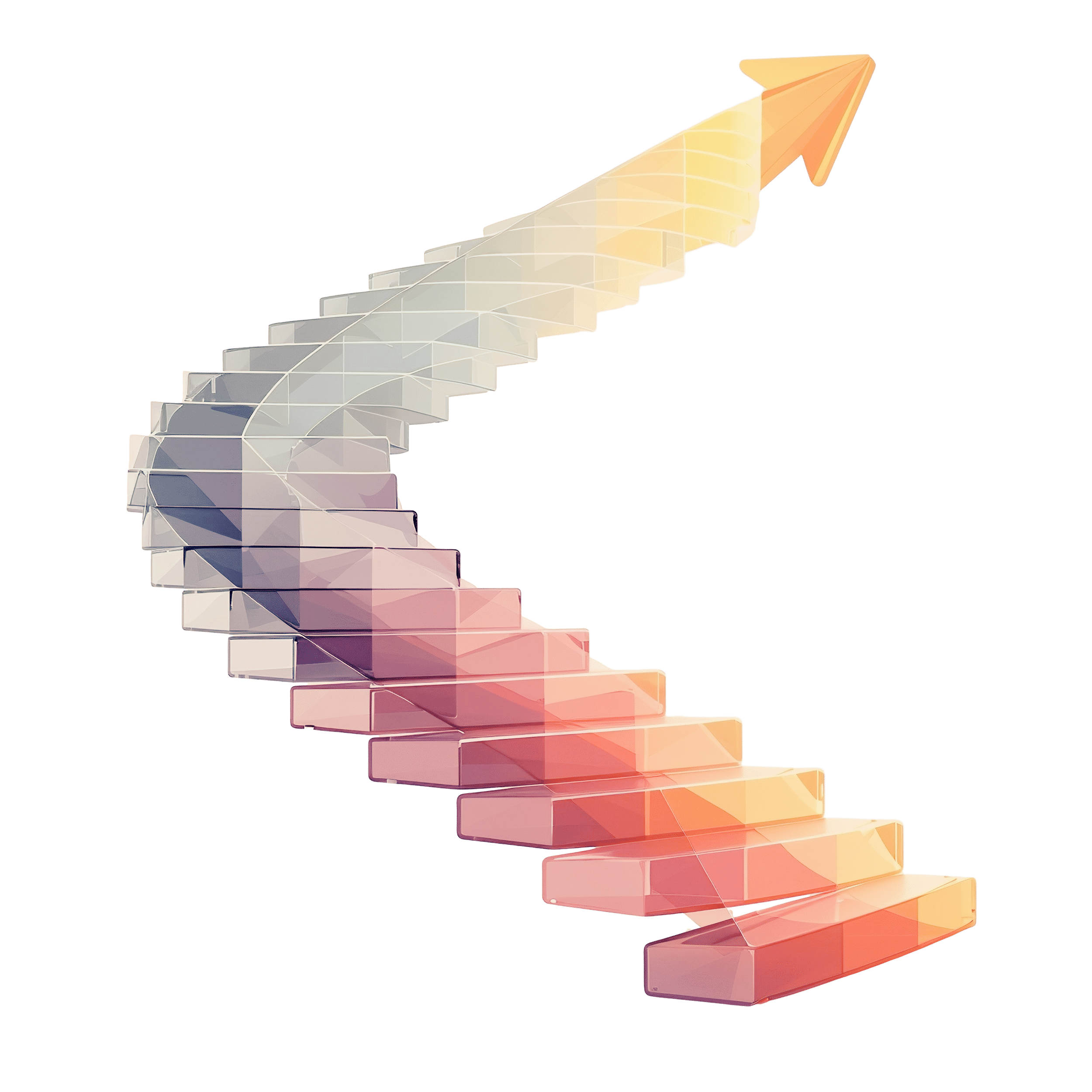For those embarking on a career in digital art, getting your start can seem daunting. This guide aims to provide a framework for the beginning phases of your journey.
The first step is selecting digital art software. Popular options include Photoshop, Procreate, Clip Studio Paint and more. Consider your budget and intended art style when choosing. Considiring our techniques tools and guides we will choose Procreate now.
Next, focus on learning the software basics – navigating menus and tools, working with layers, saving files etc. Refer to built-in tutorials or online video courses. Take notes and practice regularly to cement new skills.
Once comfortable with software fundamentals, it’s time to build your artistic skills. Study color theory, composition, human/animal anatomy and more through online classes or art books. Pay attention to seasoned digital artists you admire; analyzing their techniques can accelerate your growth.
Practice daily with figure drawing, still life setups or photo references to hone your observation skills. Post process work to social media for feedback and encouragement from others starting out. Don’t get discouraged by early results – Persistence is key.
With dedication to continual learning and practice, your digital art skills will advance rapidly. Consider specializing in a genre like portraiture, environments or fantasy as your style emerges. The journey of an artist is lifelong.
Enjoy the process of growth!
Beginning any new creative endeavor requires laying a solid foundation through mastery of fundamental principles and techniques. For aspiring digital painters, focusing initial efforts on basic drawing, understanding of light and color theory, and composition will serve as the stepping stones to eventual professional-level work.
To start, develop proficiency in basic perspective and forms through dedicated practice of subjects like cubes, cylinders, and other basic shapes. Perspective and an understanding of 3D forms are essential for conveying realistic depth and spatial relationships in digital works. Additionally, devote time to studying the behavior of light and shadows and accurately rendering lighting effects through values and colors. How light interacts with and illuminates surfaces is key to creating a sense of realism and dimension in paintings.
Explore color theory and understand principles of hue, value, intensity and their practical applications. Thoughtful consideration of color choices can greatly enhance the visual impact of a piece and effectively set a particular mood or evoke certain emotions in the viewer. Color mastery will allow budding digital artists to leverage this powerful tool.
Practice drawing from one’s imagination by creating basic environments, scenes, and stories without references. This hones creative visualization skills and storytelling abilities. Drawing invented compositions strengthens fundamental drawing skills while fostering an individual artistic voice.
Finally, focus on learning principles of composition and design. An understanding of how to create a balanced and well-structured arrangement that guides the viewer’s eyes will result in digitally engaging artworks that captivate audiences. Overall mastery of these fundamental techniques and concepts provides a strong foundation for any digital painter’s career.
Starting Your Digital Painting Journey with Professional Tools:
I. Basic drawing fundamentals:
Begin by mastering basic perspective drawing and forms like cubes and cylinders, laying a solid foundation for digital art skills.
II. Understanding light and shadows:
Study how light works and practice accurately rendering lighting effects to create depth and realism in digital paintings.
III. Color theory and application:
Explore color theory principles and practical color applications to enhance visual impact and evoke emotions through color choices.
IV. Drawing from imagination:
Hone the ability to draw from imagination, creating basic environments and scenes reflecting creative vision and storytelling skills.
V. Composition and design:
Develop understanding of composition principles to create visually compelling and balanced artworks that captivate the viewer.

Contact Us
Terms and Conditions
Privacy Policy
© 2024 Created with VictuCreate